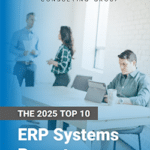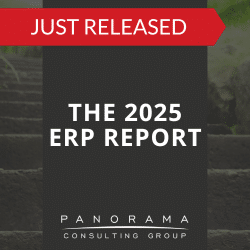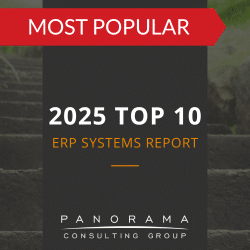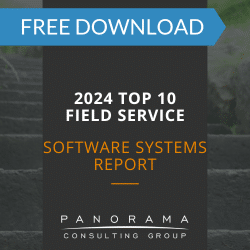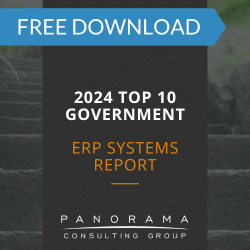All types of organizations, from commercial to government, can benefit from an ERP implementation. Efficiency gains and increased data visibility are two outcomes of a successful ERP implementation that are not relegated to any particular type of organization. To achieve these outcomes, both private and public sector organizations should define goals and objectives during the early stages of an ERP implementation.
The following guidelines are indispensable when defining goals and objectives:
1. Understand the risks. Government agencies face risks in an ERP project beyond those of private sector organizations. Budgets, in particular, are inflexible and often not created with contingency in mind. Unexpected costs are a constant risk in an ERP implementation, and, when added up, can quickly decimate a hastily constructed project budget. While it may be painful to do so, commercial organizations can adjust and absorb unexpected project costs with an alacrity not enjoyed by most government agencies. Furthermore, government agencies tend to be far more exposed to public scrutiny – especially when it comes to ERP failure – than most commercial and non-governmental organizations. A failed government ERP implementation is viewed as a waste of taxpayer money, which invites criticism and often has lasting repercussions. When setting goals and objectives, it is important to consider that the stakes are higher for government agencies.
Learn more by downloading our white paper, Lessons Learned From a Government ERP Failure.
2. Be realistic. Given the risks involved in an ERP implementation, the importance of realistic goals cannot be overstated. Aggressive go-live dates and shoestring budgets are hallmarks of ERP failure. While no project has the luxury of unlimited funds and time, realistic estimates benchmarked against ERP projects in organizations of similar size is a good place to start. Benefits are not magically realized upon go-live, and it is not uncommon for an organization to take up to a year after go-live to truly begin seeing efficiency gains. A healthy dose of pragmatism in the early stages of a project can mean the difference between a successful implementation and a disastrous miscalculation.
3. Plan, Plan, Plan! Government agencies should assign a timeframe, cost and scope to every aspect of their project, especially the goals and objectives. Be sure to plan for contingencies and variables, such as peak seasons, elections and funding cycles. Like key performance indicators (KPIs), goals and objectives should be specific, measurable, attainable, realistic and time-bound (SMART). This will help your organization build a framework for assessing the cost, duration and scope of your ERP project.
By assessing risks with a rational understanding of expectations, government agencies can set the right goals and objectives to prepare them for a successful project delivered on-time, on-budget and within-scope.
